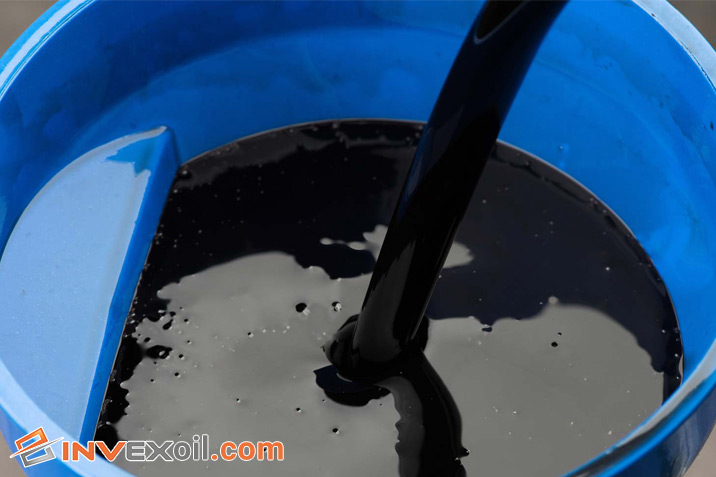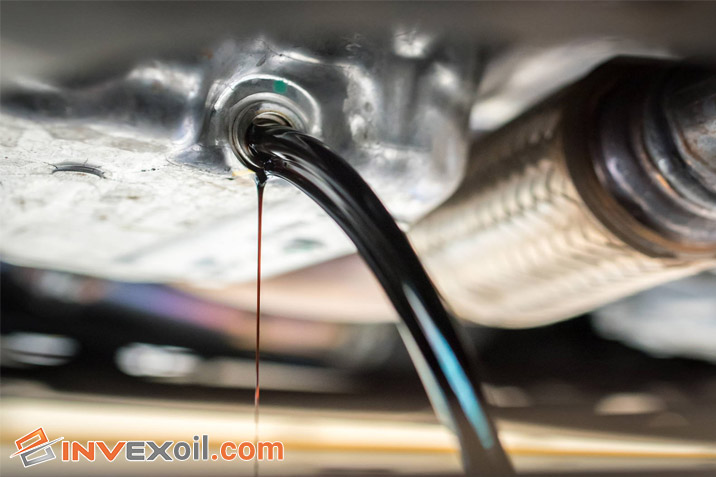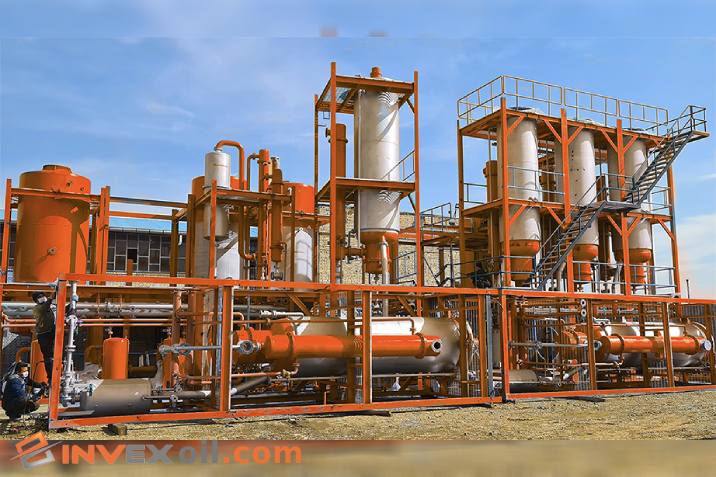Have you ever considered the hidden potential of used motor oil? Typically discarded, this substance could be the key to a major energy revolution. Making diesel from used motor oil isn’t just a clever recycling trick; it’s a significant stride towards sustainable fuel production in used oil re-refining. This process not only reduces dangerous waste but also generates a valuable resource, offering an eco-friendly alternative to traditional diesel.
In this article, we will explore transforming used motor oil into high-quality diesel fuel. We will also check its environmental impacts, the efficiency of the process, and the innovative methods employed.
Table of Contents
Chemistry Behind Used Motor Oil
A look at the chemical makeup of refining used engine oil is critical to understanding how diesel is made. Imagine motor oil as a complex. Here it’s full of hydrocarbons; these are not just any hydrocarbons but a diverse mix, completed with additives and tainted by wear and tear from their duty in an engine. Picture this variety as a repository of potential energy, waiting to be transformed into diesel fuel. This potential makes used motor oil not just waste, but a hidden treasure of energy.
The hydrocarbons in used motor oil come in different forms – some are saturated, sturdy, and stable, while others are unsaturated, more reactive, and ready to release energy. In these varying molecular structures lie the secrets to their energy potential.
Different Methods for Extracting Diesel from Used Motor Oil
-
Distillation Process
In the distillation process, like fractional distillation of crude oil, the essence is simple yet effective: By ramping up the temperature, used motor oil undergoes a remarkable transformation. As the heat increases, the oil breaks down, separating it into distinct components. It’s like cutting the oil to reveal its inner constituents, each with its unique boiling point. This separation is an essential step in mining the diesel-like fractions from the mix. The benefits of this method lie in its straightforwardness and the purity of the diesel fuel extracted.
-
Pyrolysis
Pyrolysis looks like a metamorphosis (Real changing). Here, used motor oil is not just heated but subjected to a high-temperature situation in the absence of oxygen. This lack of oxygen is necessary, as it prevents burning and encourages chemical breakdown. Think of it as a process of decomposition, where complex molecules are broken down into simpler ones. This breakdown results in diverse results: gases, liquids, and solids, each holding the potential to be refined into diesel.
-
Transesterification
Often associated with the same method that extracts biodiesel from used cooking oil, transesterification is a chemical ballet between an ester (like motor oil) and alcohol. In this process, the reaction produces a substance remarkably similar to diesel. It’s a reaction of molecules where ester and alcohol combine and recombine, eventually giving birth to a fuel that echoes the characteristics of traditional diesel. The elegance of this method lies in its ability to recycle and renew used motor oil into an energy ready for the road.
Comparative Methods of Diesel Extraction from Used Motor Oil Table:
| Method | Process Description | Efficiency | Quality of Diesel Produced | Environmental Impact |
| Distillation | Heat used motor oil to separate components based on boiling points. | Moderate-High | Variable often requires further refining | Relatively Low |
| Pyrolysis | Decomposition of organic material at high temperatures in the absence of oxygen. | High | Good, it depends on process specifics | Moderate |
| Transesterification | Reacting oil with alcohol (like methanol) to produce esters (biodiesel). | Moderate | High (comparable to standard diesel) | Low |
Environmental Impact of Making Diesel from Used Motor Oil
The environmental implications of making diesel from used motor oil are profound. By doing this, hazardous waste can be diverted from landfills, and fresh oil can be extracted more efficiently. It’s an eco-friendly twist to a traditional problem. This recycling path cuts down the environmental footprint significantly. Less waste oil means less pollution in landfills and waterways. It’s an intelligent rerouting of resources.
But it’s not all clean and good. The process itself carries environmental considerations. Think about the emissions produced during diesel extraction. This is a balance. In this process, by reducing waste, we must also be mindful of what we’re emitting in the parts of this technique. The handling of byproducts is another critical factor. These byproducts must be managed responsibly to ensure that another doesn’t replace one environmental problem. The goal is a net positive environmental impact, turning a problem into a solution.
Efficiency of Using Used Motor Oil for Making Diesel
Turning to used motor oil for diesel production is not just environmentally intelligent, but it’s also remarkably efficient. This process taps into a resource already there, negating the need for fresh fossil fuel extraction. It’s recycling at its most impactful. But the biggest prize is the quality of diesel that is produced. This final diesel can be perfect as regular diesel or even have more quality than them. It Depends on the method we use, but it’s real!
Efficiency is more important than just reuse. It’s about energy output as well. Diesel derived from used motor oil can be a potent energy source, often with a higher efficiency than expected. This efficiency is a win-win. It represents a significant step in sustainable practices, making the most out of resources otherwise seen as waste. It’s about viewing used motor oil not as an end-of-life product but as a valuable resource in the energy chain.
Environmental and Efficiency Metrics in Diesel Production from Used Motor Oil Table:
| Year | The volume of Used Motor Oil Collected for Recycling | Percentage Converted into Diesel | Emission Reductions | Energy Savings | Waste Reduction |
| 2021 | 1.4 billion gallons | 70% | 100,000 metric tons | 200,000 MWh | 300,000 metric tons |
| 2022 | 1.5 billion gallons | 72% | 110,000 metric tons | 220,000 MWh | 330,000 metric tons |
| 2023 | 1.6 billion gallons | 74% | 120,000 metric tons | 240,000 MWh | 360,000 metric tons |
Conclusion
In summary, making diesel from used motor oil opens up new ways for sustainable fuel production and recycling. This article was about converting used motor oil into a viable diesel alternative, showing the methods of distillation, pyrolysis, and transesterification. We’ve seen how this approach not only promotes recycling but also contributes significantly to environmental conservation by reducing waste and emissions.
FAQ
Can Used Motor Oil Be Effectively Converted into Diesel?
Yes, used motor oil can be effectively converted into diesel through distillation, pyrolysis, and transesterification, resulting in a high-quality and sustainable fuel source.
What Are the Environmental Benefits of Making Diesel from Used Motor Oil?
The process significantly reduces hazardous waste disposal, reduces the need for new oil extraction, and contributes to lower emissions, making it an environmentally favorable option.
How Efficient Is the Process of Turning Used Motor Oil into Diesel?
The conversion of used motor oil to diesel is highly efficient, utilizing existing resources to produce a viable fuel alternative, thereby avoiding the need for new fossil fuel extraction.

Hello, This is Matteo Hudson Copywriter from InvexOil. We are here to provide super-important content to help you learn more easily and be involved in the world of Petroleum and Chemistry. We are here to answer your questions, help you to have better services, and also find the best solution for your problems. Don’t be shy and ask your questions in the comment box or call our number. If you want to connect with me directly, you can search for my name on Linkedin.





